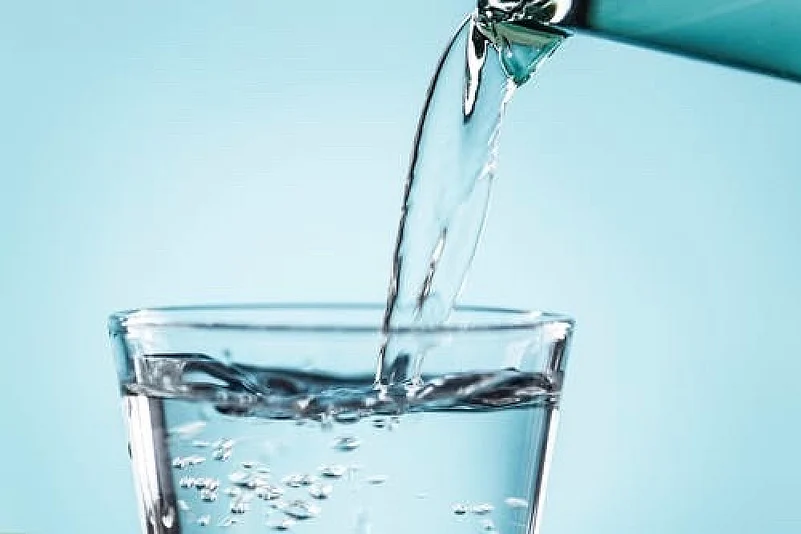The accolades have been pouring in thick and fast. The headlines have been appropriately glowing. And why not? After all, the holy town of Puri has become the first city in the country to provide something that only major world cities like London and New York offer: clean drinking water directly from tap that requires no further filtration.
Launching the scheme under the ‘Sujal: Drink from Tap Mission’ in the virtual mode last Monday, Odisha Chief Minister Naveen Patnaik said the 2.5 lakh residents of Puri, besides the nearly two crore people who visit the pilgrim city annually, can now avail quality drinking water directly from tap 24X7. Importantly, the scheme will help prevent the generation of 400 metric tonnes of plastic waste since visitors to the city would no longer need to carry plastic bottles around and can drink water directly from the 400 fountains set up in the city, 120 of them on the Grand Road (where the famous Rath Yatra takes place) alone.
Advertisement
Sarat Mishra, executive engineer of PHED, Puri told Outlook that with the launch of the scheme last Monday, the entire population of Puri town (32, 083 households) now has access to clean drinking water directly from tap. But his claim is disputed by residents of the town. “The scheme is still in the initial stage and only a minuscule section of the population gets clean drinking water directly from tap as of now. Neither we nor anyone else in our locality has got the benefit of the scheme as yet. What I have gathered is that the town will start receiving clean drinking water directly from tap in a phased manner from August 3,” said Biswa Ranjan Mishra, a resident of Mati Mandap Sahi. Bharati Das, a resident of Dattatota, said she had no idea about the quality of water being provided. But she did admit that a water meter was installed at her place some three months back. “Since we are not sure about the veracity of the claims being made, we continue to drink water from the Aqua Guard,” she said.
Advertisement
Executive engineer Sarat Mishra says a multi-layer system has been put in place to monitor the quality of water on a regular basis. “Online analysers have been installed. Automatic analysers have been fitted at the distribution end too. Thus, we shall be alerted and shall take corrective measures whenever there is an issue with the quality of water. Then there are third party laboratories that test water samples on a daily basis. There is also a mobile lab that attends to any quality related issue in case of a complaint,” he said. Asked if any complaint had been received so far, he said; “We did receive one complaint. But it had nothing to do with quality issues. It was about a stand post that had broken down.”
But experts are skeptical about the claims made about the quality of water. “The government has been repeatedly claiming that RO quality water is being supplied to the residents of Puri. But do they have the infrastructure in place to ensure such quality?” asks Tapan Padhi, who has worked extensively on water related issues. “Shorn of the hyperbole, it is essentially an exercise towards privatization of water, like electricity before it. Once 24X7 water supply is ensured, people will not be allowed to have sumps. They will thus be completely dependent on tap water and have to prepay before accessing water,” he said.
Advertisement
Environmentalist Jagannath Bastia, a resident of Puri, is worried about the sustainability of the scheme. “The water being supplied to the town now comes from the Bhargavi river. But it is not a dependable source of water in the long term. If there is not enough water in Bhargavi, water supply to the town will suffer. Puri has two large underground sources of sweet water – one in Talabania and the other in the Baliapanda area – together stretching over 700 acres that were identified by the British government way back in 1931. I don’t know why the government is not utilizing this water and is instead allowing encroachment – and consequent pollution – of this sustainable source that can ensure water supply to Puri for the next 100 years,” he said.
Advertisement
The proof of the pudding, as they say, is in the eating. It remains to be seen if the tall claims made by the Odisha government are actually met or go the way of several such headline-grabbing announcements made in the past – like underground, cyclone resistant power cables - that have lost their way.




















